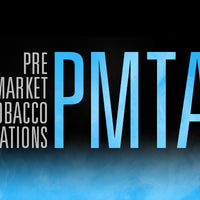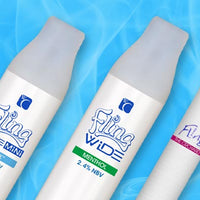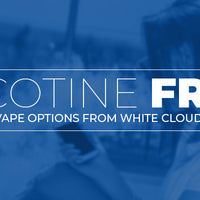To the dedicated few who still look to print journalism for trustworthy, timely news reporting, The New York Times is akin to gospel – a beloved cornerstone of integrity that remains above reproach, never dipping into murky tabloid waters. As someone who comes from a journalism background, the Times was always the gold standard against which all writing – web-based or otherwise – was measured. This is why it’s so surprising to see such a revered entity post thinly veiled editorial under the guise of “news,” as it did when it published “Selling a Poison by the Barrel: Liquid Nicotine for E-Cigarettes,” by Matt Richtel, on the front page of the March 23, 2014 edition of the Times.
(Go ahead, read the article. We’ll wait…)
The Media’s Role in the Negative Views of E-Cigs

Right from the outset, it’s clear the Times has no interest in weighing any side of the e-cigarette story, other than the one from the lofty perch it shares with anti-tobacco legislators. Nevermind the fact that many of its claims in the article are fallacious and misguiding. Now, I’m not about to dissect every unfounded claim made by the author (this was already done to near-perfection), but the piece certainly starts off with a slanderous bang – “A dangerous new form of a powerful stimulant is hitting markets nationwide, for sale by the vial, the gallon and even the barrel.” If this doesn’t set a negative tone, I don’t know what does. While it’s common practice for journalists to open an article with “shocking” content in order to draw in readers, this is typically balanced by fair counterpoint – counterpoint that never appears in Richtel’s rant.
The Misguided View of E-Cig Marketing

Throughout the piece, Richtel refers to tragic situations of harmful nicotine ingestion brought about by misuse of bottled e-liquid. This is certainly a valid concern that we won’t contest, But it’s one that needed to be countered by similar anecdotes about things such as household cleaning products, alcoholic beverages, traditional tobacco, narcotics, whatever – as long as the parallel is drawn.
The actual tragedy of the situations highlighted in the article stems from the irresponsibility of the adults who were careless when storing or using their e-liquid, not the product itself. If a child was intrigued by the color of Windex and proceeded to drink it, would the Times vilify the household detergent industry for poor regulation? Doubtful. And yes, this might be an extreme comparison, but it’s based on the same logic as Richtel’s argument, with the same amount of neutrality behind it. Likewise, see Richtel’s point about toxicologists who “…warn that e-liquids pose a significant risk to public health, particularly to children, who may be drawn to their bright colors and fragrant flavorings like cherry, chocolate and bubble gum.”
If the Times wants to take the e-cigarette industry to task for such flavors (which, incidentally, are enjoyed by adults as much as children), then – to maintain journalistic integrity – it should speak similarly toward producers of alcoholic beverages, miniature cigars, hookah bars, and the like. (Heck, why stop there? Big League Chew is a bubble gum designed to mimic the appearance and use of smokeless tobacco. Where are those statistics?)
The Importance of Vaping Responsibly

As e-cigarette users, we know nicotine is dangerous if ingested in large amounts. We know it shouldn’t touch the skin for extended periods. And, we know it should be treated as the chemical it is. Which is why the majority of e-cigarette users safely store their products the same way they store household cleaners, motor oil, lawn fertilizer, insect sprays, or any other product we shouldn’t consume like food (I would go out on a limb and venture to say there are likely more poison control emergency calls for insecticide and bathroom cleaner ingestion than there are for e-liquid exposure).
In the end, e-cigarette responsibility is no different than that of any other adult practice. Locking the liquor cabinet, keeping toxic products out of reach, using care when handling chemical substances – responsible adults do these things to protect themselves and their families. Responsible adults also use e-cigarettes.
Related: Rise Above the Vapor Clouds and Vape Responsibly
Perceptions of Vaping: Turning Negatives into Positives

If the Times was truly intent on creating a level playing field – as it has for so many years – it would consider drawing attention to the positives of e-cigarettes, and how they benefit former smokers. It would laud companies like White Cloud, which go above and beyond standard marketing and age-restriction practices to ensure its vapor products never reach the hands of children. It would illustrate the best methods for e-cigarette purchase, safety and usage. And it would highlight the myriad cases in which mature, responsible individuals practiced e-cigarette use safely and responsibly.
Only then would this article truly be worthy of The New York Times.






